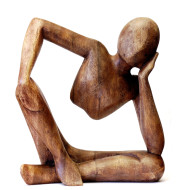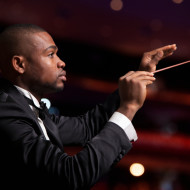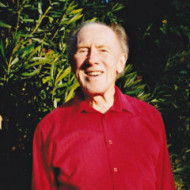
Effective communication and critical thinking are often cited as goals of general education at the university level. Movement study can contribute to the development of both these skills.
It is widely acknowledged that communication has two parts: the verbal and the nonverbal. As the anthropologist Edward Hall explains, words make up only a fraction of any message. The movements accompanying speech convey more significant information. Nonverbal behavior “stresses feedback on how people are feeling, ways of avoiding confrontation, and the inherent logic that is the birthright of all people.”… Read More









